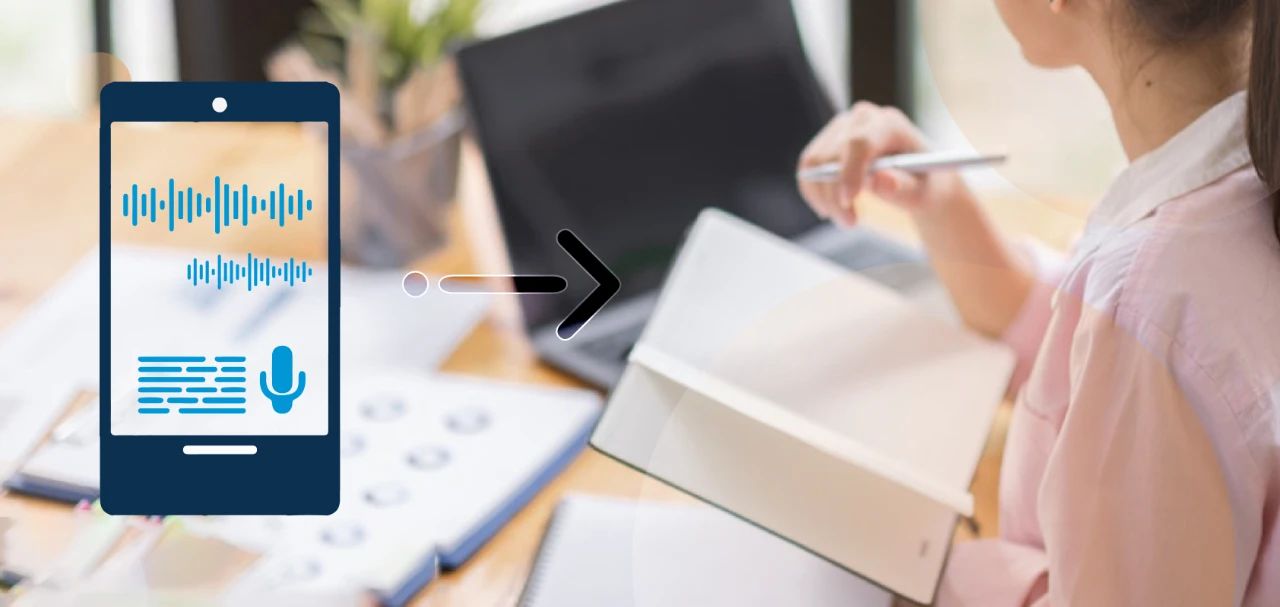语言与信息联通世界
译后编辑的困境
发布日期:2024-09-11浏览次数:0
世界知识产权组织(WIPO)是一个联合国机构,成立于1967年,总部位于瑞士日内瓦,目前共有193个成员国。WIPO旨在为全世界创新者和创作者服务,确保他/她们的创意安全进入市场并改善世界各地的生活。PCT翻译司的主要工作包括:科学、技术和法律文献的笔译,主要是国际专利申请的摘要以及有关发明可专利性的科学、技术和法律报告;确保产出译文的质量,同时创建、利用和发布技术术语,并创建其他翻译资源;以及根据需要开展其他PCT相关翻译。
机器翻译和大语言模型等技术给全球语言服务市场带来了极大的变化。语言服务需求方、语言服务供应商和译员对这些技术有着不同的期待和不同的利用方式,这也产生了不同的应用结果。James Phillips先生作为WIPO PCT翻译司司长管理着海量需求和全球众多供应商,同时其本人也是资深的翻译技术专家和专利翻译专家。这次有幸获得他的授权转载此文,相信一定能给对“译后编辑”心存疑惑的读者带来有益的思考。
Like many people in the translation industry, I am not particularly fond of the term “post-editing” and I feel it may be helpful to explain why. This term can mean many different things to different people and can also refer to a multitude of different processes. Without context, it is almost impossible to determine which particular scenario is being referred to. Here are some possible scenarios.
和许多业界同仁一样,我也不太喜欢“译后编辑”这个词。在这篇文章里,我想解释下我的理由。“译后编辑”对不同的人来说有着不同的含义,也可能指向不同的作业流程。如果不考虑语境,很难搞清楚“译后编辑”到底是指什么。下面我们来看看三种可能遇到的场景。
Scenario 1: In the context of high-quality translation, the aim should be to ensure that the quality of the resulting translation will be the same regardless of the process used to produce the translation. In a post-editing driven project, a translator will generally be encouraged to retain as much of a machine translation suggestion as possible, usually for cost saving reasons. Depending on the quality of the machine translation engine providing the suggestion and the language combination being handled, this would likely give an increase in translation speed of around ten to thirty percent and if performed by an independent contractor, should be priced accordingly, i.e. ten to thirty percent less than standard human translation rates. Note, however, that there may still be situations where the quality of the machine translation suggestion may be low to the point where a sentence has to be completely rewritten. This means that the post editor will still require superior translation skills in order to be capable of intervening to ensure that translation quality remains high. So, despite the process been referred to as “post-editing”, highly developed translation skills will still be required to ensure an accurate result.
场景1:“译后编辑”是指对翻译质量有较高要求的项目,此时无论采用哪种翻译流程,都应确保最终得到的译文达到同样的高质量水平。出于成本考虑,以译后编辑为主导的项目通常会鼓励译员尽可能多地保留机器翻译所给出的译文。根据选用的机器翻译引擎和所处理语言对的不同,这种策略可以将翻译速度提高10%到30%。如果项目由独立的翻译供应商完成,定价也应该相应调整,即比人工翻译的标准费率低10%到30%。不过,有时机器翻译给出的译文也可能质量很差,整句话都得重新翻译。这就要求译后编辑人员必须掌握更高的翻译技能加以干预,以保证译文的质量保持在较高水准。因此,尽管这个过程被称为“译后编辑”,为了保证最终译文的准确性,译后编辑人员还是需要具备熟练的翻译技能。
Scenario 2: “Post-editing” is also often used to refer to somebody simply editing machine translation output. The editor could have a set of skills ranging from a knowledge of the source language but a lack of skills to improve the target text, to zero knowledge of the source language. This will not result in high quality translation despite the resulting translation most likely being easy to read if the editor is skilled in the target language. In this situation, text that is erroneous, has been added with no equivalent in the source text or has no equivalent in the target text will not be handled appropriately. This assumes that the end user is willing to accept some risk of the translation being incorrect in the name of getting the translation at a lower price. What degree of risk is acceptable in a translation and under what circumstances is a discussion for another day. However, to give a few examples, eating fish thinking it is chicken may be acceptable, but turning right instead of left or taking two tablets twice a day instead of one every two days may not be. If the post editor only has limited knowledge of the source language, then it is highly unlikely that these issues will be handled appropriately. This is still referred to as “post-editing”, despite the process being completely different and giving completely different results.
场景2:“译后编辑”是指仅编辑机器翻译输出的内容,这也是一种常见情形。译后编辑人员的能力各异,有的人对源语言有所了解但不具备改善目标文本的能力,有的人则完全不懂源语言。熟练掌握目标语言的译后编辑人员固然能够让译文流畅易读,但是对源语言不熟悉的话是无法产出高质量翻译的。因为在这种情况下,译后编辑人员无法正确识别处理原文中的错误以及翻译过程中多译或漏译的内容。这种场景假定了最终用户愿意为了减少翻译费用而接受错译的风险。 至于用户在哪些情况下能够承受多高的风险,在此不作深入讨论。简单举个例子:把鱼肉翻译成鸡肉可能问题不大,但是如果把向左转翻译成向右转或是把每天两次、每次两片的服药剂量翻译成两天一片,后果就相当严重了。译后编辑人员如果对源语言不够了解,就很可能无法正确处理这些问题。尽管作业流程和结果都完全不同,这种场景也还是被称为“译后编辑”。
Scenario 3: Finally, there is what I would call the “worst-case scenario”, that can tend to give “post-editing“ a bad name amongst freelance translators and where, for example, an agency may pitch post-editing that results in high quality translation but then attempt to maximize profit margins by providing a solution that pays as little as possible to the people actually performing the work, thus making the work no longer financially viable and driving down the skillsets of those involved. This results both in the customer receiving an inferior product and in the final contractors receiving rates that are not sustainable in the long term. This situation should be avoided at all cost.
场景3:翻译机构向客户推销能产生高质量译文的译后编辑服务,但是为了最大化自己的利润率,却尽可能压低支付给实际译后编辑人员的报酬。这种做法不仅会使得译后编辑工作在经济上不可行,同时也拉低了相关人员的技能水平。在我看来,这是最坏的一种情况,会让自由译员对“译后编辑”产生负面印象。另一方面,客户收到的译文质量很差,最终译员或译后编辑人员收到的费率也无法支持长期可持续的发展。我们无论如何都要避免这种情况发生。

Trying to determine which situation is which is a minefield for individual translation contractors to navigate. It is very difficult to give advice on how to handle this situation. Getting a clear picture of which particular situation you are dealing with is probably a good starting point. Knowledge of the ISO standard on post-editing, ISO 18587, will be very helpful. Generally speaking, scenario 1 would roughly approximate to the ISO 18587 definition of “full post-editing” and scenario 2 would likely fall under “light post-editing”.
翻译供应商们需要谨慎区分不同的译后编辑场景。对于这种情况,很难给出具体建议。但要解决问题,首先还是要明确面对的是哪一种具体场景。感兴趣的读者可以参考关于译后编辑的国际标准ISO 18587。总的来说,场景1基本符合ISO 18587中“深度译后编辑”的定义,场景2属于“轻度译后编辑”。
If you are a consumer of translation, the “good, fast, cheap, pick two” paradigm probably doesn’t apply. Good translation is neither fast nor cheap. However, economic realities or time bound situations will often mean an end user needing, for example, the best translation they can get quickly or can acquire for a specific budget. This will often result in the selection of scenario 2 rather than 1. Bear in mind, the line between “human” and “post-edited” has already been significantly blurred by the fact that many translators often have machine translation suggestions as part of their workflow. Depending on the subject and the translation type, these may often go unused but they can also often be helpful even in the case of highly complex technical texts. It’s a tricky subject but I hope this post helps a little.
翻译服务的“好、快、省”不是个简单的不可能三角。对于需求方来说,三选二可能都无法实现,实际情况往往是“好”的翻译既不“快”也不“省”。由于经济或者时间限制,最终用户经常需要在给定的时间或预算内拿到尽可能优质的翻译。于是他们往往会选择场景2(轻度译后编辑)而不是场景1(深度译后编辑)。现在“人工翻译”和“译后编辑”之间的界限变得非常模糊,因为很多译员已经把机器翻译纳入到自己的工作流程中。对于不同的主题和翻译类型,译员可能完全不用机器翻译给出的译文,但这些译文即使在非常复杂的技术文档中有时也能够给译员带来很大帮助。如何看待“译后编辑”是个非常棘手的问题,希望我的文章对此有所帮助。

